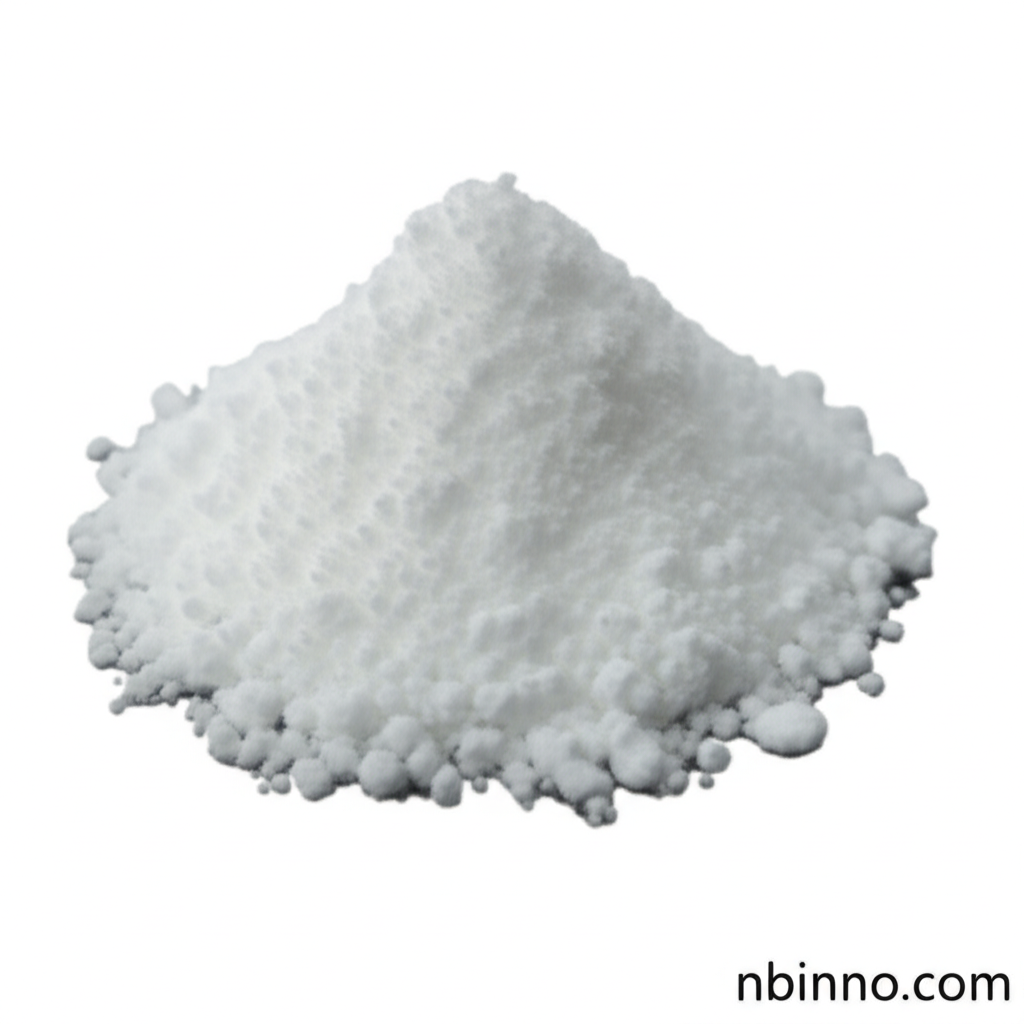Boc-S-(4-methoxybenzyl)-L-cysteine: A Versatile Building Block for Peptide Synthesis and Drug Development
Unlock advanced peptide research and drug discovery with this essential amino acid derivative.
Get a Quote & SampleProduct Core Value

Boc-S-(4-methoxybenzyl)-L-cysteine
This crucial amino acid derivative, Boc-S-(4-methoxybenzyl)-L-cysteine, serves as a fundamental component in complex organic synthesis, particularly within the realms of peptide synthesis and drug development. Its protected form enhances stability and solubility, making it an indispensable tool for researchers aiming to construct intricate peptide structures and novel therapeutic agents.
- Discover the utility of Boc-S-(4-methoxybenzyl)-L-cysteine in peptide synthesis, enabling the precise assembly of peptide chains.
- Explore how drug development leverages the unique properties of Boc-S-(4-methoxybenzyl)-L-cysteine to create promising new candidates.
- Understand the role of chemical biology uses of Boc-S-(4-methoxybenzyl)-L-cysteine in probing protein functionality and interactions.
- Learn about the potential of Boc-S-(4-methoxybenzyl)-L-cysteine for antioxidant research, contributing to advancements in health and wellness.
Key Advantages Offered
Enhanced Peptide Assembly
Boc-S-(4-methoxybenzyl)-L-cysteine, a critical component in peptide synthesis, allows for selective reactions, improving the efficiency of peptide assembly and the creation of complex peptide chains.
Novel Therapeutic Development
The strategic application of Boc-S-(4-methoxybenzyl)-L-cysteine in drug development empowers researchers to design and synthesize novel drug candidates with improved efficacy and targeted action.
Bioconjugation Applications
This versatile compound finds use in bioconjugation, enabling the attachment of biomolecules to surfaces or other molecules for advanced biosensors and drug delivery systems, as highlighted in chemical biology uses of Boc-S-(4-methoxybenzyl)-L-cysteine.
Key Applications
Peptide Synthesis
Boc-S-(4-methoxybenzyl)-L-cysteine is fundamental in constructing peptides for therapeutic and research purposes, leveraging its protective group for controlled synthesis.
Drug Development
Researchers utilize this compound to create novel pharmaceutical agents, particularly in areas like cancer treatment, by modifying biological activity through its unique structure.
Bioconjugation
Its role in bioconjugation aids in developing advanced biosensors and drug delivery systems by linking biomolecules to various substrates, showcasing its utility in chemical biology.
Antioxidant Research
The compound's potential antioxidant properties are being explored, contributing to advancements in understanding and treating diseases related to oxidative stress.
